Found 42 movies, 20 TV shows, and 2 people
Can't find what you're looking for?
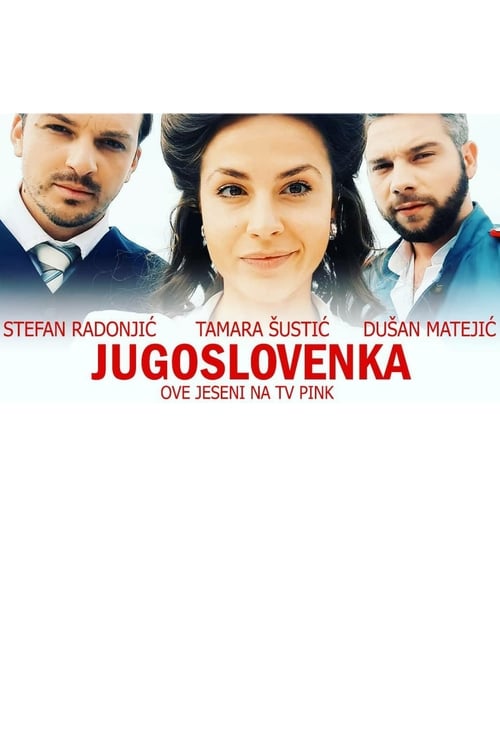
The story begins at the darkest moment in 1916 when the country is occupied, the army on Corfu. The plot follows the historical events until 1921 and the death of King Peter, ie the Great War, the liberation of the country, the creation of the Kingdom of Serbs, Croats and Slovenes, and the Kingdom of Yugoslavia.
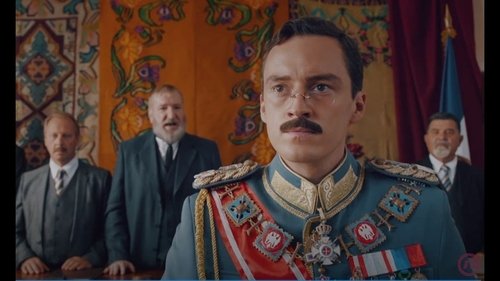
The series covers the period from the entry of King Alexander into liberated Belgrade after the end of the First World War until the assassination in Marseilles.

Italian writer and screenwriter Tonino Guerra's journey to discover Yugoslavia, from the big cities to the heart of its countryside, between a past of traditions and ancient rituals and a future still to be built. Filmed in 1979, the reportage in the then still united country has the flavour of both an intimate diary and a detailed travel documentary.
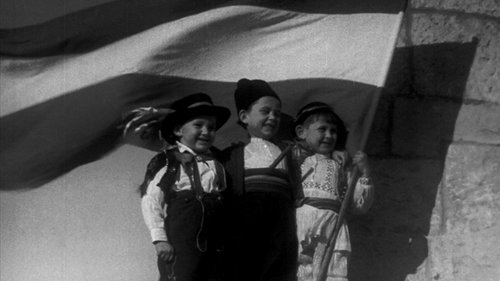
Through two films, this documentary reveals the creation and disintegration, within our own time, of a neighbouring European State named Yugoslavia. Part One covers the 1918-1980 period. Part Two covers the 1980-2001 period.
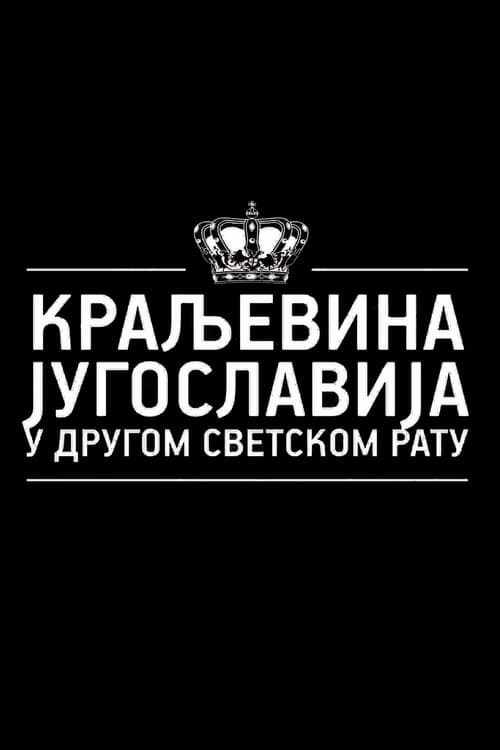
No description available for this show.
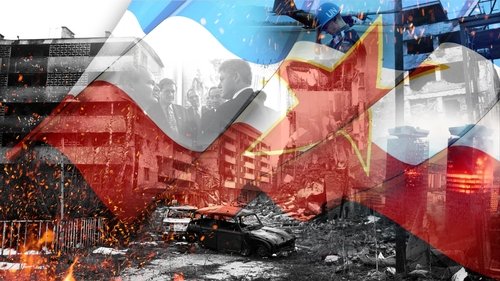
The Death of Yugoslavia is a BAFTA-award winning BBC documentary series first broadcast in 1995. It covers the collapse of the former Yugoslavia. It is notable in its combination of never-before-seen archive footage interspersed with interviews of most of the main players in the conflict, including Slobodan Milošević, the then President of Serbia. Norma Percy won the 1996 BAFTA TV Award for 'Best Factual Series' for the documentary. However, it has been argued that it presents a potentially slightly biased point-of-view; for instance during the trial of Milošević before the ICTY in The Hague, Judge Bonomy called the nature of much of the commentary "tendentious" (partisan).

Christiane Amanpour narrates this chronicle of the devastating war in the former Yugoslavia, detailing how, in 1987, Serbian President Ivan Stambolic sent his deputy, Slobodan Milosevic, to calm an ethnic conflict in the region of Kosovo, only to find himself ousted from power when Milosevic fanned the flames of Serbian nationalism. Included: how party leaders in Croatia and Slovenia tried to resist Milosevic's attempts to take control of the Yugoslav government. Originally broadcast in 1995.
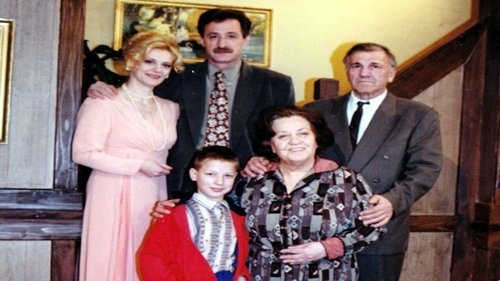
The intertwined lives of numerous characters set in 1990s Belgrade who all try to live happily during rather unhappy times.
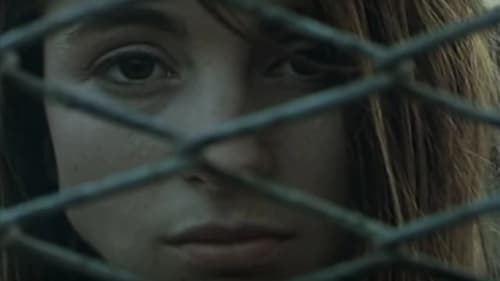
A moving story about the residents of correctional facility, rejected by parents and environment. Going through a strict regimen of life in the home, they are constantly trying to reverse the fate in their favor. Although they were given a chance to change, their actions always return to the beginning. Constantly on the border between personal whims and once-in-a-lifetime opportunity to become humans, they remain as wolves who find hard to change their mood. What finally remains is a perpetual dilemma whether their fate is innate, or is it forced by the communities in which they grew up...
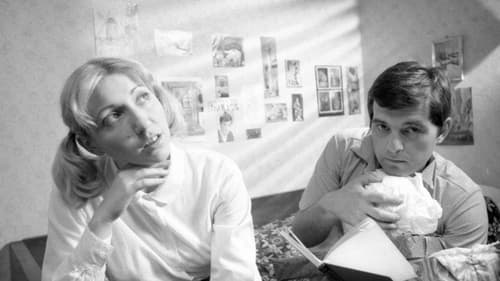
Grlom u jagode is a 1975 Yugoslavian TV miniseries directed by Srđan Karanović and co-written by Karanović and Rajko Grlić. Depicting the life and times of a young man nicknamed Bane Bumbar, the series achieved huge popularity throughout SFR Yugoslavia. Revolving around Bane, his family, and his circle of friends, the series also portrays 1960s Belgrade, Serbia and Yugoslavia.

Tito is a 2010 Croatian documentary television miniseries about Yugoslav leader Josip Broz Tito. The first episode aired March 19, 2010. The series is a co-production by Croatian Radiotelevision and Mediteran film. The two first collaborated on the series Long Dark Night, which at a top audience of 1.8 million viewers was one of the most-watched domestic productions in history. After the announcement of the documentary, Broz's granddaughter Saša announced that she and her family would use all means possible to obstruct filming. Tito cost a reported 1 million euros to make.
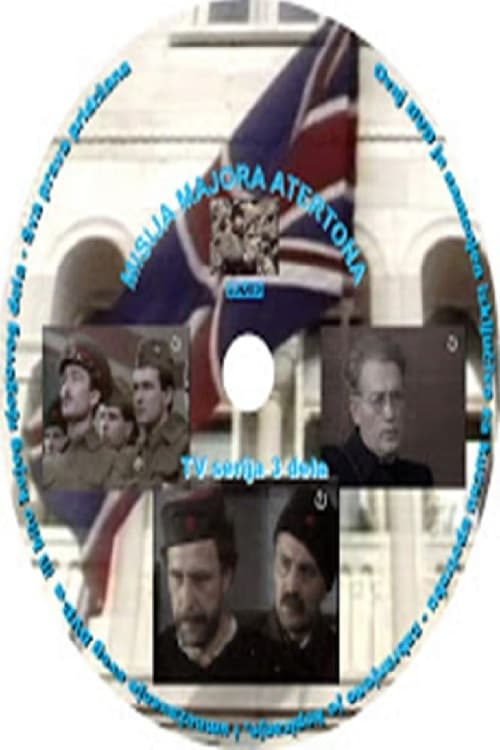
This true story is made up of two episodes that show Operation Hydra. After the fall of the Uzice Republic and the success of the first enemy offensive, the British sent their mission and this series shows the events.

A 12-episode documentary series about the Independent State of Croatia.

An intriguing history of Yugoslav nuclear program that proposed to build an atomic bomb and 16 nuclear facilities on Yugoslav soil. Only one project came to fruition, the nuclear power plant in Krsko, Slovenia.
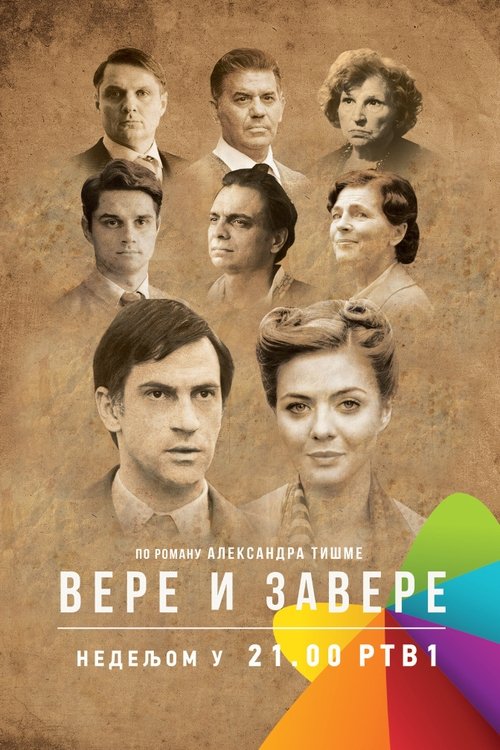
Story of forbidden love between Serbian guy and German girl in Vojvodina, Yugoslavia. Story begins in 1940's, just as war broke out and then goes threw this turbulent period to the 1960's, showing what was happening in Novi Sad. Germans have to fleed back to Germany, everything changed, but love remained

Who were the Yugoslav Partisans? A docuseries about the founding and evolution of the largest armed resistance in Europe during World War II.

No description available for this show.
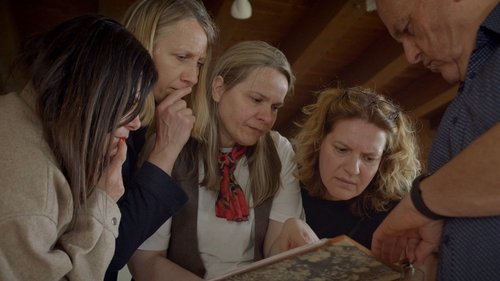
A girls' handball team from Mostar fled the war in the former Yugoslavia in the early 1990s, thanks to their coach. After a perilous bus journey, they arrived in Oosterblokker; without their parents, living in fear and uncertainty. Searching for answers, the women returned 33 years later, by bus to Mostar.
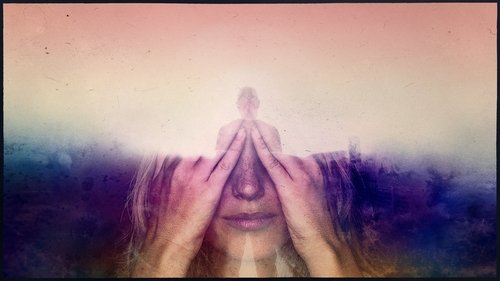
This four-part documentary series follows the story of India Oxenberg's perilous journey through the dark and criminal world of the notorious self-help-group-turned-sex-slave-cult NXIVM.

I Married a Princess is a 2005 reality show on the Lifetime TV network that starred Catherine Oxenberg and her husband Casper Van Dien. The show's slogan is "under the tiara and behind the shades - a real life look at a fairy-tale family."